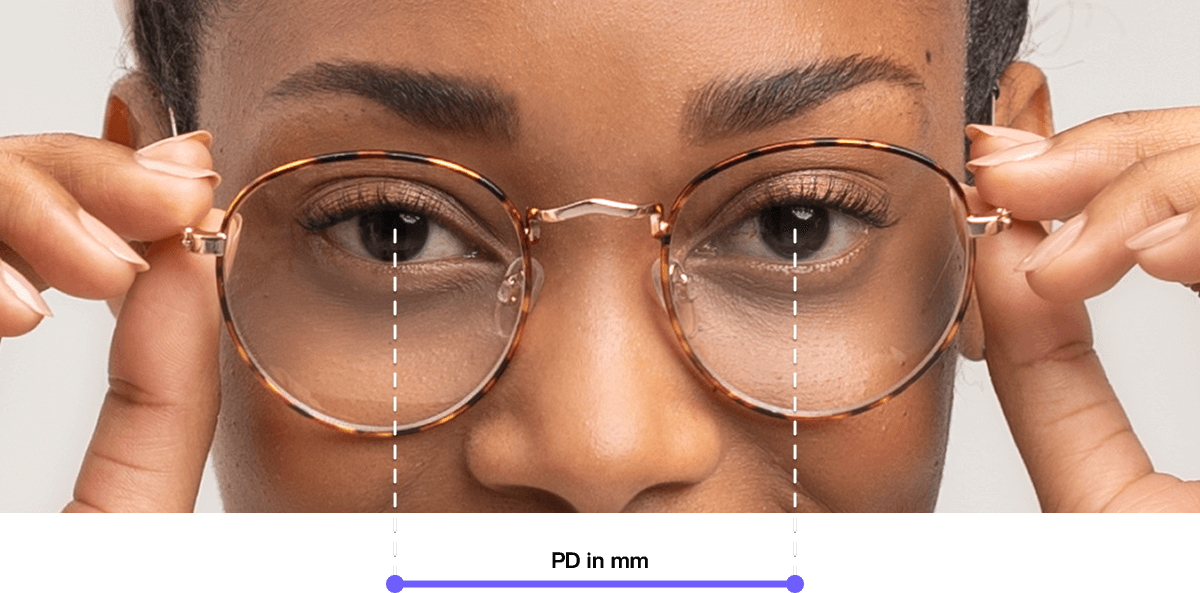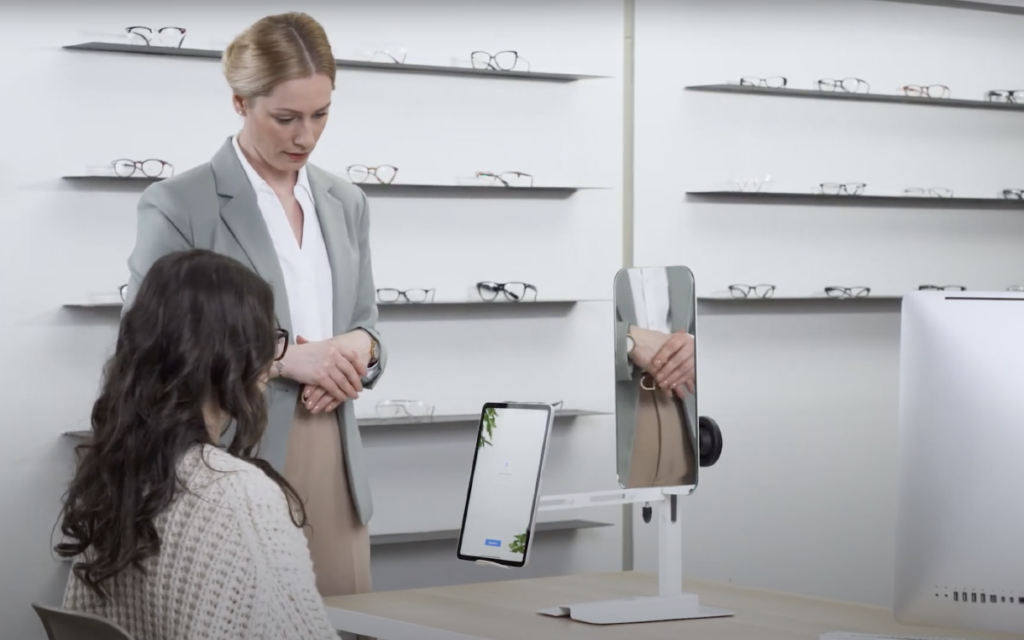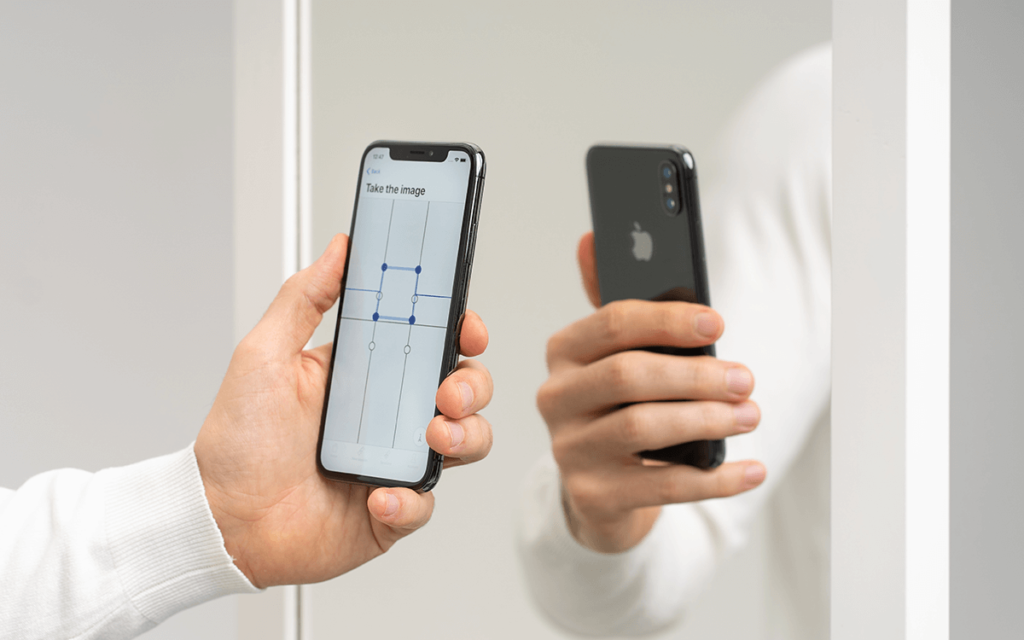![]() Reading time: 3 minutes
Reading time: 3 minutes
Pupillary distance is a distance between the centers of the pupils, which is widely considered the most basic measure in optics.
The obvious motivation is that if you want good glasses, the focus of your lens should be in front of your pupils. However, PD is far from being constant. It varies a lot when focusing on different distances.
This is called eye convergence. This is why typical reading glasses has 2-3mm lower PD than far-vision astygma correction glasses. Unfortunately, PD also changes if you have hidden strabismus which to some extent a high percentage of the population has.

All about Mono PD
According to the original motivation, we want the focus of the lens in front of the customer’s pupils.
Can we say that telling only the PD is enough to make good glasses? Only in a lucky scenario.
What one can do as the best guess is to take the half of your PD and put the focal points of the lens in this distance from the symmetrical center of the frame.
But what if the customer has an asymmetric face or nose bridge? Well, bad luck.
The lens’s focal point will miss the pupils. This effect is usually not big, in fact in most cases the face and nose bridge is symmetrical enough not to cause any problem. This is why actually many opticians just follow this protocol.
But if one wants to go for sure, the best is to measure the distances of your pupil’s center from the center of the nose bridge on each side separately. This is called monocular PD or shortly Mono PD. If the glasses are made according to the monocular PD the chances are significantly higher for well-made glasses.
Eye convergence, the way how our PD is changing
As mentioned before, PD is not constant. When you focus on a closer object your eyes will converge, and your pupils will get closer.
It is not hard to do the maths which shows that the eye converges as much as 2.5 mm each side when the infinity PD and the reading distance are considered. Usually, this problem is handled by measuring the infinity PD (when one focuses to the far distance) and calculate all required PDs from this base value.
Eye convergence is sometimes measured in case of custom-made varifocal lenses. In this case, the far-vision eye position and the reading position is also modeled for finding both lookout points on the lenses.




